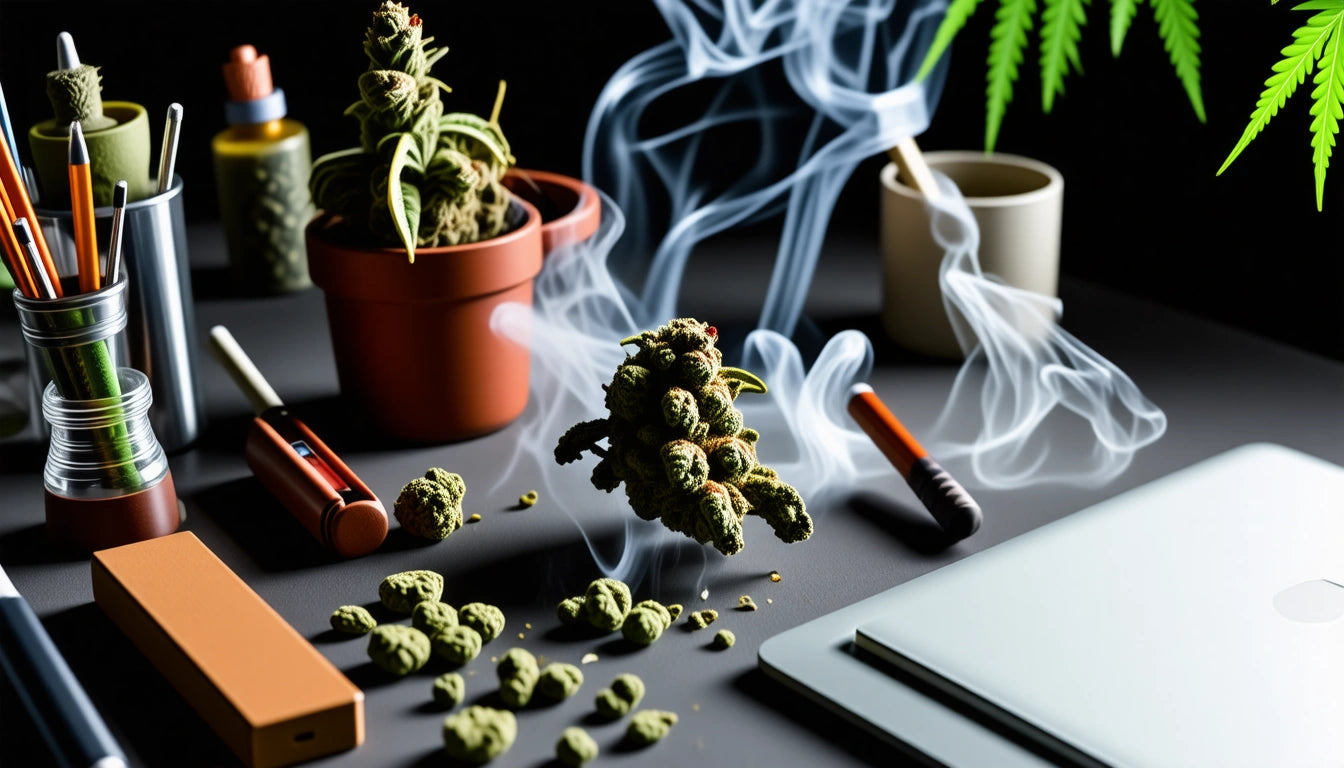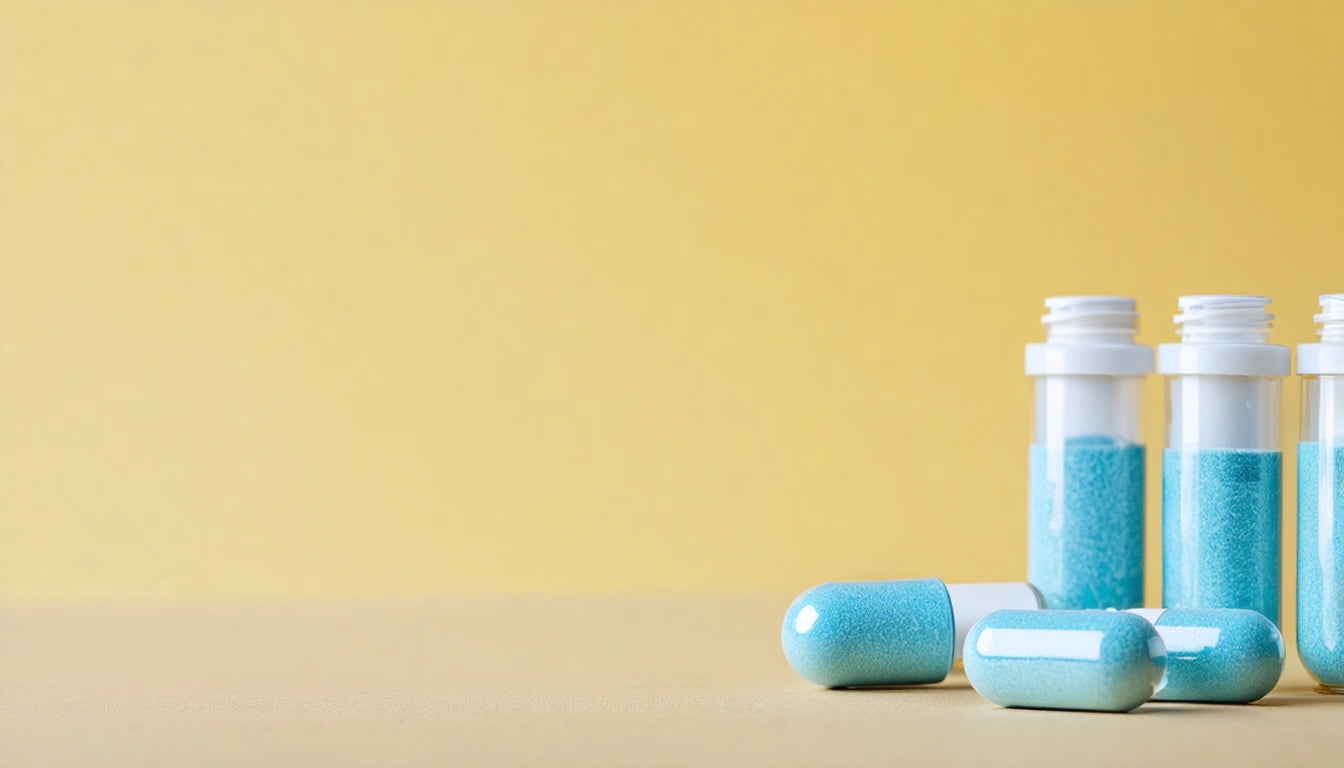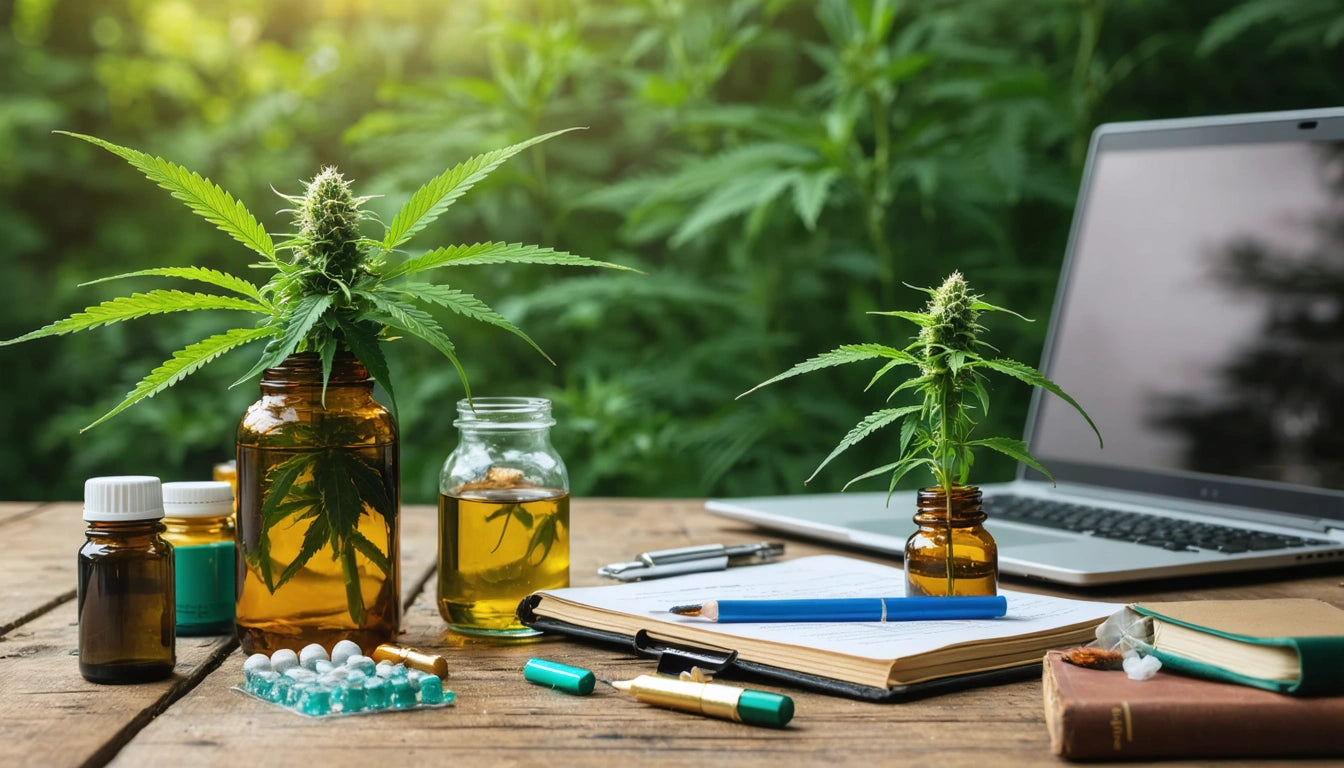Table of Contents
- Cannabis Tolerance: Why Your Body Adapts
- Physiological Factors Affecting Cannabis Response
- Product Quality and Potency Considerations
- Consumption Methods and Their Impact
- Tolerance Breaks and Reset Strategies
- Enhancing Your Cannabis Experience
- Safety Considerations When Increasing Consumption
- Future Directions: Personalized Cannabis Experiences
Why Am I No Longer Getting High from Smoking Weed?
If you've found yourself wondering, "Why don't I get high anymore after smoking?" you're experiencing a common phenomenon among regular cannabis users. The diminishing effects of cannabis over time can be frustrating, especially when you remember the potent experiences you once had. This article explores the science behind tolerance development and offers practical solutions to help restore your cannabis experience.
Cannabis Tolerance: Why Your Body Adapts
Cannabis tolerance occurs when your body adapts to regular THC exposure, requiring more of the compound to achieve the same effects. This adaptation happens at the cellular level, where cannabinoid receptors in your endocannabinoid system become less responsive over time.
According to research on cannabis tolerance, regular users may experience significantly reduced effects within just a few weeks of consistent use. The primary factors influencing tolerance development include:
- Frequency of use (daily vs. occasional)
- Quantity consumed per session
- Potency of products used
- Individual metabolic differences
Physiological Factors Affecting Cannabis Response
Individual biology plays a crucial role in how cannabis affects you. Several physiological factors can explain why you can't get high from smoking weed anymore:
Endocannabinoid System Variations
Your unique endocannabinoid system determines how your body processes and responds to cannabis. Genetic variations in CB1 and CB2 receptors can make some individuals naturally more or less sensitive to THC.
Metabolism and Body Composition
THC is fat-soluble, meaning your body composition affects how it's stored and processed. Changes in weight, metabolism, or exercise habits can alter how your body responds to cannabis over time.
Product Quality and Potency Considerations
Sometimes the issue isn't your tolerance but the cannabis itself. If you're wondering why you don't feel high when you smoke anymore, consider:
- Product degradation due to improper storage
- Lower quality cannabis with reduced cannabinoid content
- Inconsistent potency between batches or brands
- Counterfeit products in unregulated markets
To ensure product quality, always purchase from reputable sources and check for proper safety measures like child-resistant packaging which indicates legitimate products that adhere to industry standards and regulations.
Consumption Methods and Their Impact
How you consume cannabis significantly affects your experience. If smoking no longer produces the desired effects, consider that different consumption methods interact with your body in unique ways:
Inhalation vs. Ingestion
Smoking and vaping deliver cannabinoids to your bloodstream through your lungs, while edibles are processed through your digestive system and liver. This difference can create varied experiences and tolerance patterns.
Combustion Temperature
The temperature at which you burn or vaporize cannabis affects which compounds are activated. Some users find that adjusting temperature settings on vaporizers can help overcome apparent tolerance issues.
Tolerance Breaks and Reset Strategies
When you don't get high anymore after smoking, a tolerance break (T-break) is often the most effective solution. Research suggests that cannabinoid receptors can begin to reset after just 48 hours without cannabis, with more significant recovery after 1-2 weeks.
Effective tolerance break strategies include:
- Start with a 48-hour break, then extend as needed
- Stay hydrated and exercise to help clear THC from your system
- Gradually reintroduce cannabis at lower doses after your break
- Consider microdosing as a way to maintain benefits while managing tolerance
Enhancing Your Cannabis Experience
If you're still wondering why you can't get high from smoking weed anymore, try these techniques to enhance your experience without significantly increasing consumption:
Terpene Awareness
Different cannabis strains contain varied terpene profiles that influence your high. Experimenting with strains rich in myrcene, limonene, or pinene may provide new experiences even with tolerance.
Cannabinoid Ratios
Products with different THC:CBD ratios can produce varied effects. Some users report that adding CBD to their routine actually enhances THC effects or provides complementary benefits.
Mindful Consumption
Your setting, mindset, and consumption ritual can significantly impact your experience. Creating intentional consumption practices may help maximize effects even with tolerance.
Safety Considerations When Increasing Consumption
When addressing why you don't get high when you smoke anymore, it's tempting to simply increase dosage. However, this approach requires caution:
- Start with small incremental increases to avoid overwhelming effects
- Be aware of potential negative reactions like anxiety or paranoia
- Consider the health implications of increased consumption
- Maintain awareness of legal limits in your jurisdiction
Understanding the risks of excessive consumption is essential for responsible use, particularly when dealing with tolerance issues.
Future Directions: Personalized Cannabis Experiences
The cannabis industry is evolving toward more personalized approaches to consumption. Emerging research on genetic factors influencing cannabis response may soon lead to individualized recommendations for managing tolerance and optimizing effects.
As you navigate your changing relationship with cannabis, remember that tolerance is a natural biological process, not a permanent condition. By understanding the factors at play and implementing strategic approaches to consumption, you can often restore the experience you're seeking without resorting to excessive use.
Whether through tolerance breaks, consumption method variations, or product diversification, most users can find effective ways to address the question of why they don't get high anymore after smoking, ultimately creating a more sustainable and enjoyable relationship with cannabis.











Leave a comment
All comments are moderated before being published.
This site is protected by hCaptcha and the hCaptcha Privacy Policy and Terms of Service apply.